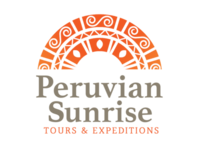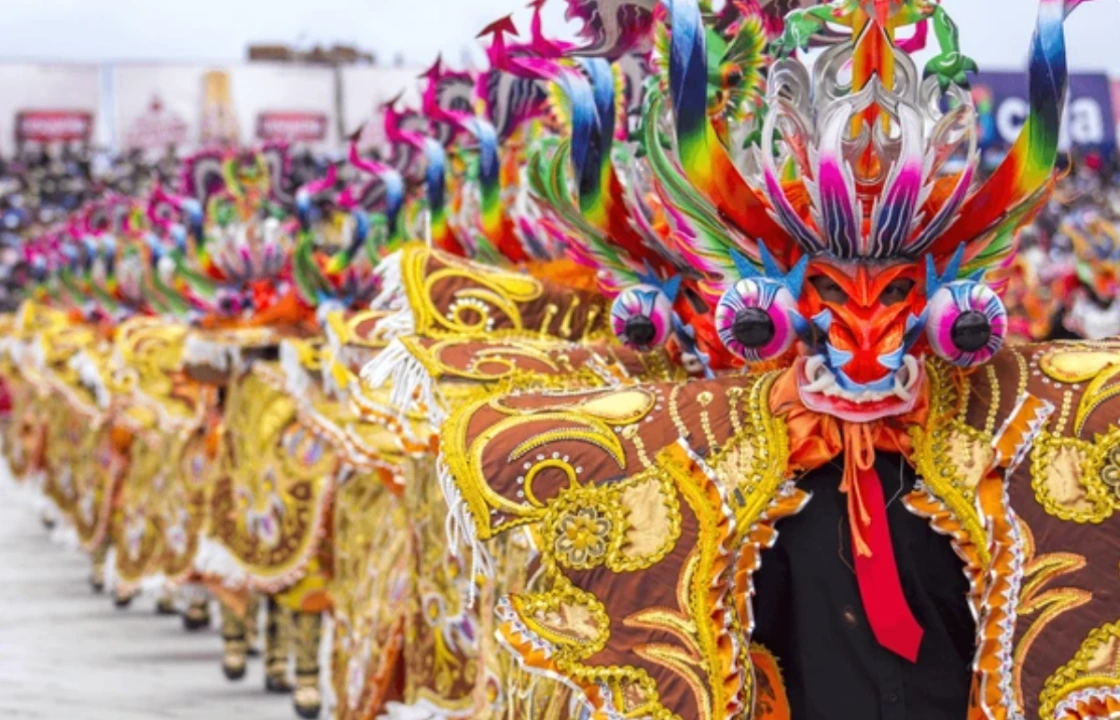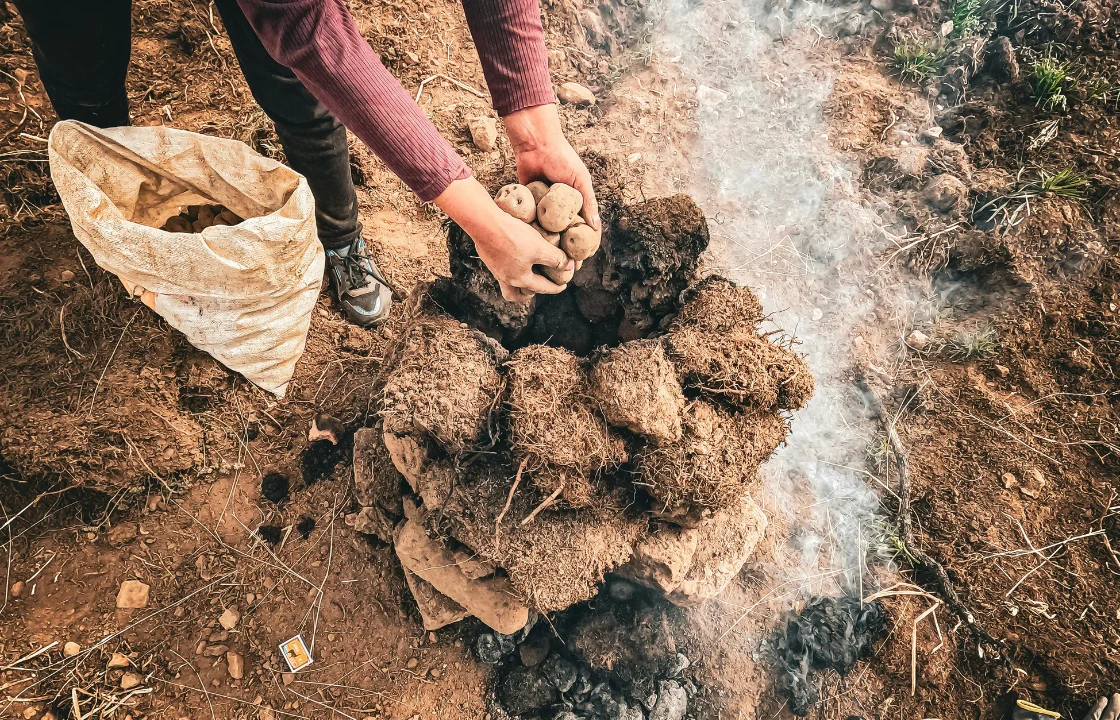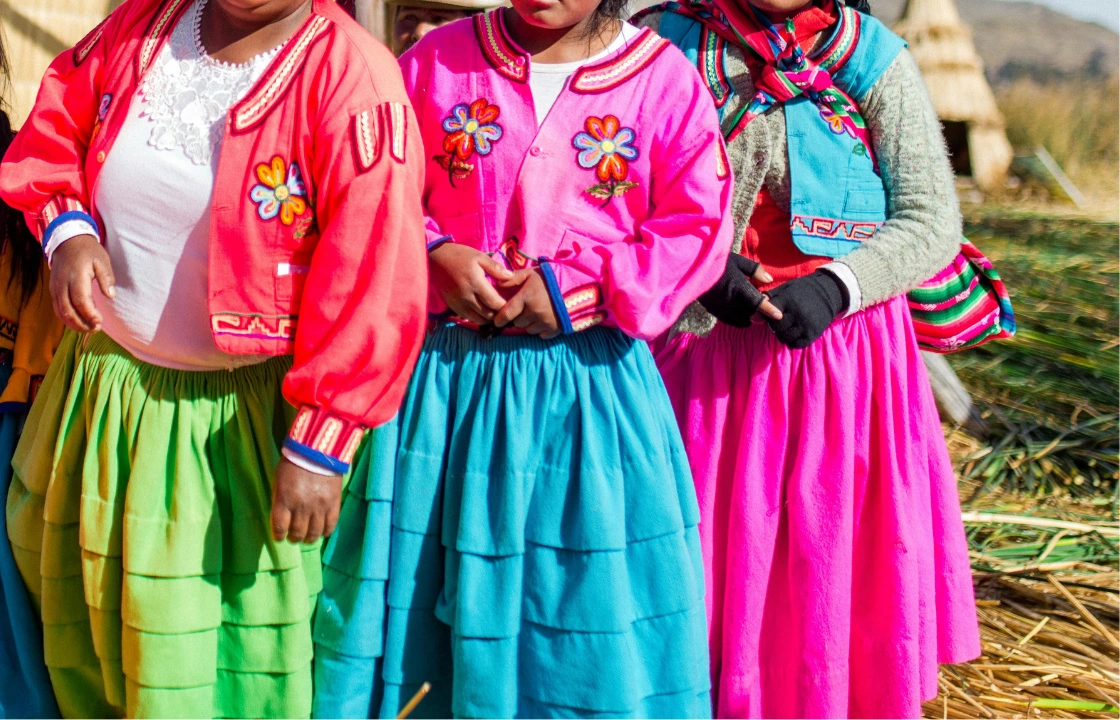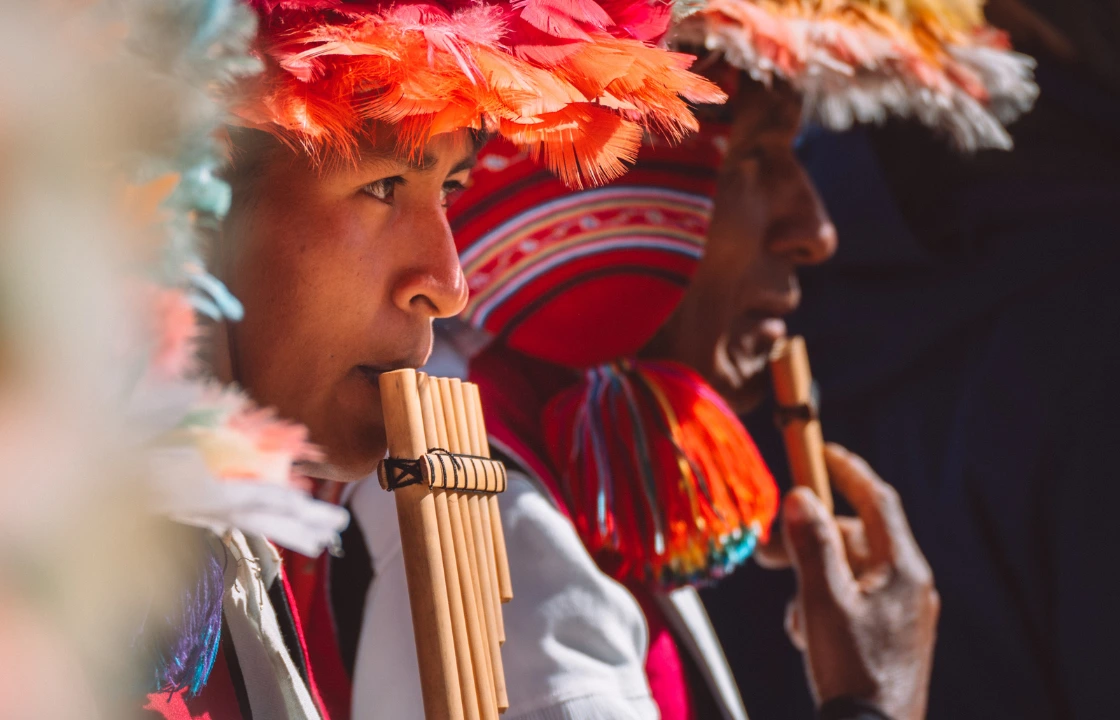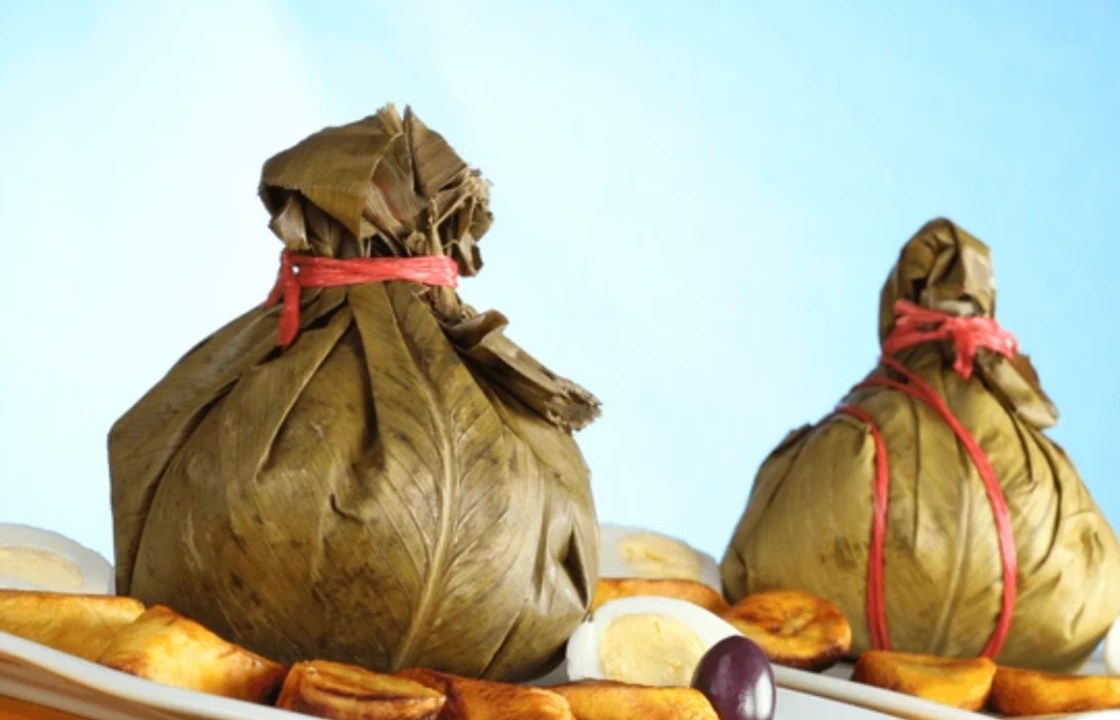Hello, dear reader! On August 22, the world celebrates World Folklore Day, a time to honor the traditions and cultural expressions that connect people to their history and identity.
But what exactly is folklore? In simple words, folklore is everything a community creates and keeps alive through generations—stories, music, dances, food, clothing, rituals, and crafts. It is the voice of the people, passed down from parents to children, and it helps us understand who we are. Continue reading to learn more!
Folklore in Peru
In Peru, folklore is not something you only find in history books—it is alive in daily life. From the Andes to the Amazon, every region has its own way of celebrating culture. Festivals fill the streets with music and parades, artisans weave textiles with ancient symbols, and communities share legends that explain the mountains, rivers, and stars. Folklore in Peru is colorful, spiritual, joyful, and deeply tied to nature.
Elements of Peruvian Folklore
Peru’s folklore is incredibly rich because it brings together Andean, Spanish, African, and Amazonian influences.
Some of the main elements include:
- Music: Traditional instruments such as pan flutes, charangos, drums, and harps create sounds that reflect the landscapes of the Andes, coast, and jungle.
- Stories and Myths: Legends about the apus (sacred mountains), the sirenas of the Amazon rivers, or the sun god Inti keep ancient beliefs alive.
- Traditional Clothing: Each region has its own attire, often handwoven with bright colors and patterns that symbolize nature, family, or community.
- Crafts and Textiles: From pottery in the highlands to shipibo-conibo paintings in the jungle, craftsmanship is a key part of folklore.
- Festivals and Rituals: Celebrations like the worship of Pachamama (Mother Earth) or Catholic feasts blended with Andean traditions bring people together in gratitude and joy.
- Cuisine: Even food is part of folklore. Dishes like pachamanca, ceviche, and Amazonian juanes tell the story of local ingredients and ancestral ways of cooking.
Traditional Dances of Peru
Among all these elements, dance is perhaps the most visible and exciting for visitors. Every dance has a story to tell:
- The Scissors Dance (Danza de las Tijeras): Performed in the Andes, dancers dressed in sparkling costumes challenge each other with daring acrobatics while clashing metal blades shaped like scissors. Recognized by UNESCO, it is both an art form and a spiritual test of endurance.
- Hatajo de Negritos and Pallitas: From Ica, these dances are performed during Christmas, blending African rhythms, Spanish melodies, and Andean devotion. Dancers sing and play violins and guitars as they celebrate faith and community.
- The Diablada and Morenada: Seen especially in Puno during the Fiesta de la Candelaria, these dances mix Catholic imagery with Andean symbolism, turning the streets into one of the largest cultural festivals in South America.
- Cusco’s Traditional Dances: Dances like the Saqra, where mischievous devils playfully interact with the crowd, or the Wallatas, inspired by Andean birds, bring myths and legends to life during local celebrations.
Why Folklore Matters
Folklore matters because it preserves identity and keeps culture alive. It teaches values, explains history, and creates bonds between communities. For Peruvians, it is a source of pride; for travelers, it is an invitation to understand Peru beyond its landscapes. By experiencing folklore, visitors connect not only with the beauty of traditions but also with the people who keep them alive.
Celebrate Folklore with Peruvian Sunrise
At Peruvian Sunrise, we believe that to truly know Peru, you must experience its folklore. On this World Folklore Day, we invite you to discover the traditions that make our country so unique: from vibrant festivals and colorful dances to ancestral rituals and stories passed down for centuries.
Contact Peruvian Sunrise and let Peru’s folklore guide you into the heart of our culture.
